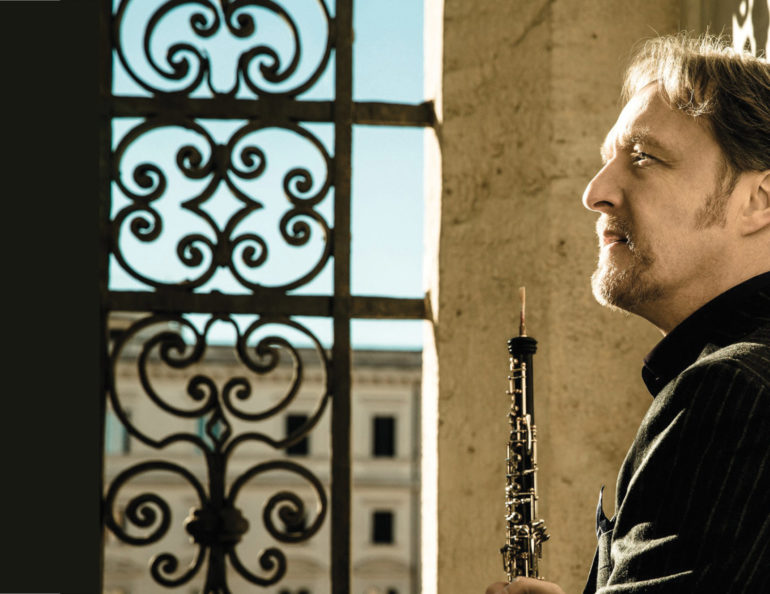Mozart & Haydn With Albrecht Mayer


Mozart
Così fan tutte: Overture
Haydn
Oboe Concerto
Fiala
English Horn Concerto
Haydn
Symphony No. 94, Surprise
STUDENTS: visit https://www.vancouversymphony.ca/td-all-access-pass/ to learn how to book your $15 student tickets.
You haven’t heard oboe till you’ve heard Albrecht Mayer, principal of the Berlin Philharmonic. He leads this delightful concert as both soloist and conductor. Prepare to rediscover the oboe in some wonderful classical repertoire.
Please join us at 7:10PM for a pre-concert chat onstage.
This concert is part of the 2019-2020 Classical Traditions at the Chan Centre series.
PROGRAM NOTES
WOLFGANG AMADEUS MOZART – Così fan tutte, K. 588: Overture
HAYDN (attributed) – Concerto for Oboe in C Major
JOSEF FIALA – Concerto for English horn in C Major
JOSEPH HAYDN – Symphony No. 94 in G Major, Surprise

Albrecht Mayer
Oboe, Conductor

Albrecht Mayer Oboe, Conductor

